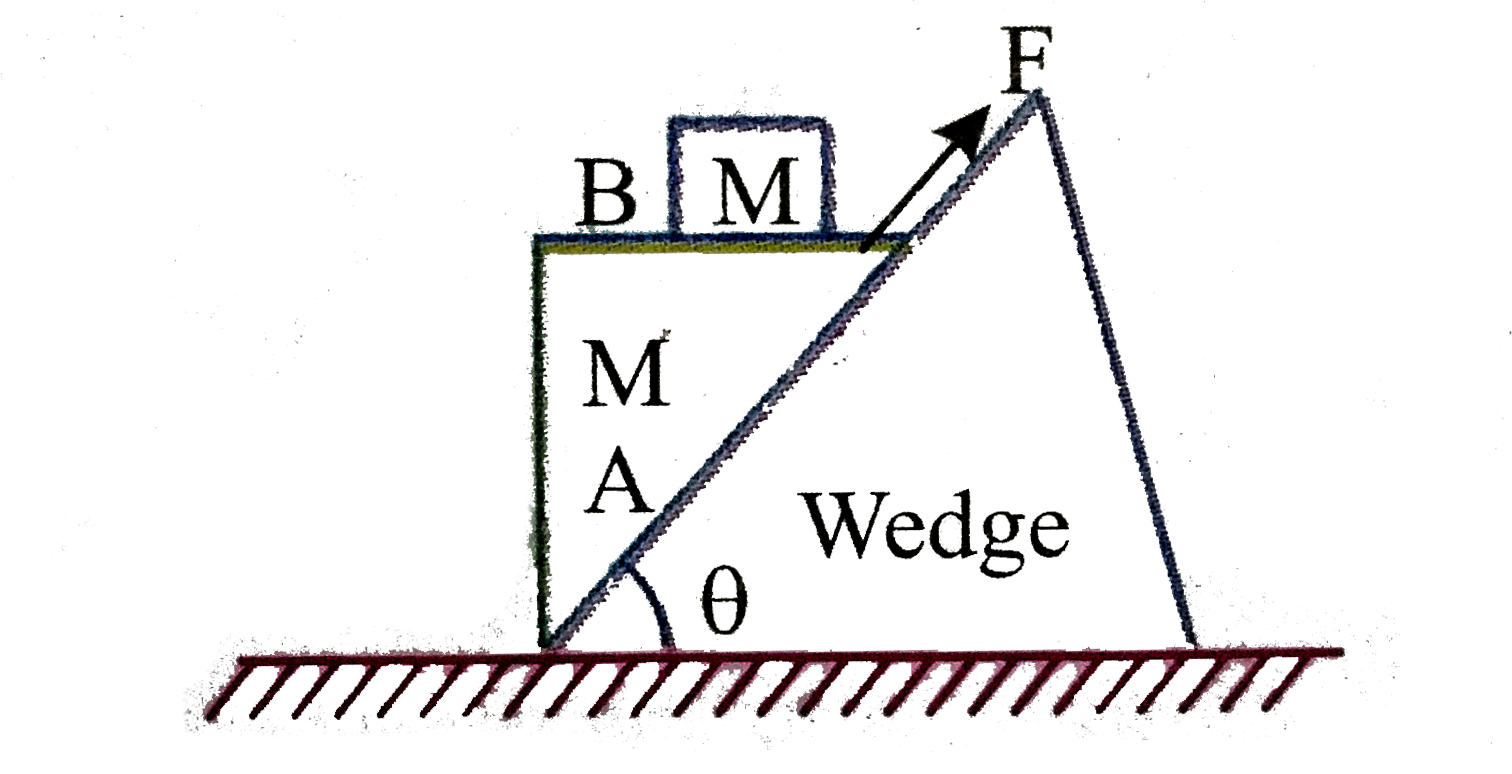Frictional force between solids operates even when they do not move with respect to each other. Do we have viscous force acting between two layers even if there is no relative motion?
Step by step video & image solution for Frictional force between solids operates even when they do not move with respect to each other. Do we have viscous force acting between two layers even if there is no relative motion? by Physics experts to help you in doubts & scoring excellent marks in Class 11 exams.
Updated on:21/07/2023Topper's Solved these Questions
- SOME MECHANICAL PROPERTIES OF MATTERBOOK - HC VERMACHAPTER - SOME MECHANICAL PROPERTIES OF MATTEREXERCISE - Objective 1
29 Videos
- SOME MECHANICAL PROPERTIES OF MATTERBOOK - HC VERMACHAPTER - SOME MECHANICAL PROPERTIES OF MATTEREXERCISE - Objective 2
7 Videos
- SOME MECHANICAL PROPERTIES OF MATTERBOOK - HC VERMACHAPTER - SOME MECHANICAL PROPERTIES OF MATTEREXERCISE - Worked Out Examples
17 Videos
- SIMPLE HARMONIC MOTIONBOOK - HC VERMACHAPTER - SIMPLE HARMONIC MOTIONEXERCISE - Exercises
58 Videos
- SOUND WAVESBOOK - HC VERMACHAPTER - SOUND WAVESEXERCISE - Exercises
89 Videos
Similar Questions
Knowledge Check
With increase of temperature the friction force acting between two surfaces .
AincreasesBdecreasesCremians sameDmay increase or decreaseWhen a fluid is through a tube, thwn the reason of viscous force acting between its different layers will be
Atransfer of energy from one layer to another.Btransfer to momentum from one later to another.Cequal velocity of the molecules.Dchanging density along with tube.Wedge is fixed on horizontal surface. Block A is pulled upward by applying a force F as shown in figure and there is no friction between the wedge and the block A while coefficient of friction between A and B is μ. If there is no relative motion between the block A and B then frictional force developed between A and B is
 A[F+(m−M)gsinθ(m+M)]mcosθBμmgC[F−(m+M)gsinθ(m+M)]mcosθDμmg/2
A[F+(m−M)gsinθ(m+M)]mcosθBμmgC[F−(m+M)gsinθ(m+M)]mcosθDμmg/2
Can you think of two particles which do not exert gravitational force on each other?
View SolutionThe viscous force acting between two layers of a liquid is given by FA=ηdvdz. This F/A may be caled
View SolutionAssertion: Magnetic force between two short magnets, when they are co-axial follows inverse square law of distance.
Reason: The magnetic forces between two poles do not follow inverse square law of distance.
View SolutionDuring an elastic collision between two bodies, both of the exert forces on each other. These forces are
View SolutionThe force which tends to destroy the relative motion between liquid layers is known as
View Solution
